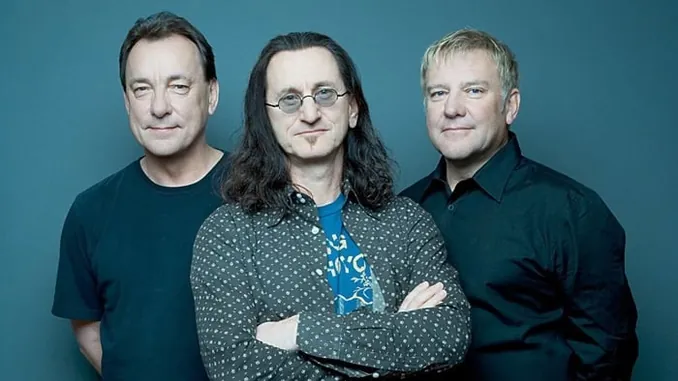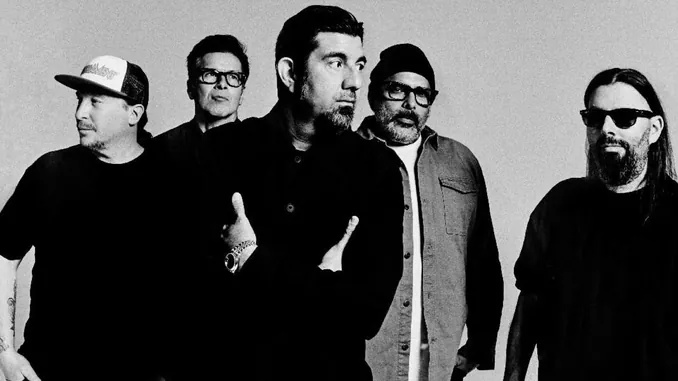The RUSH Album That Led to Fan Backlash, Internal Tension, and a Moment of Regret: 'It Wasn’t the Smartest Move'

Most bands with long careers eventually take a creative detour. Whether to keep things fresh or avoid burnout, they try something new. Sometimes it works. Sometimes it doesn’t.
For Canadian rock legends Rush, that gamble came with their 1982 album Signals. The result? A sound that puzzled many fans, and left the band itself unsure of the decision.
Related
The shift was significant. Signals marked a break from Rush’s earlier style. The band leaned into synthesizers and electronic textures, moving away from their guitar-driven progressive rock roots.
“It probably wasn’t smart,” bassist and singer Geddy Lee admitted in an interview resurfaced by Far Out Magazine. “But it was like a fatal attraction. I was mesmerized when Hugh Syme played a small ARP synth on the intro of ‘2112’. I had to find out if it could bring more music into our music.”
Lee wasn’t alone in feeling torn. According to him, the entire band was curious about new directions. But not everyone was fully on board.
“We were all hungry for ideas, even though Alex [Lifeson] gave me weird looks,” he said. “His guitar had been the only melodic voice, and suddenly we had something else. At one point, we even considered adding a fourth member just to play keyboards.”
The changes didn’t go unnoticed. And not in a good way. “Signals did make us lose some fans,” Lee admitted.
Eventually, Rush steered away from their synth-heavy phase and returned to a more traditional progressive rock sound. It wasn’t just about the music, it was about the band’s chemistry.
“We went down that path until Alex was clearly miserable,” Lee recalled. “We were drowning in technology. And man, I just wanted to stop doing three jobs at once and go back to just playing my bass.”
Signals may have been a bold experiment, but even Rush admits it came at a cost.
Got a tip for us? Email: [email protected]
He points to 1.3B streams and daily spikes while admitting the hit cut against the band’s early sound.








